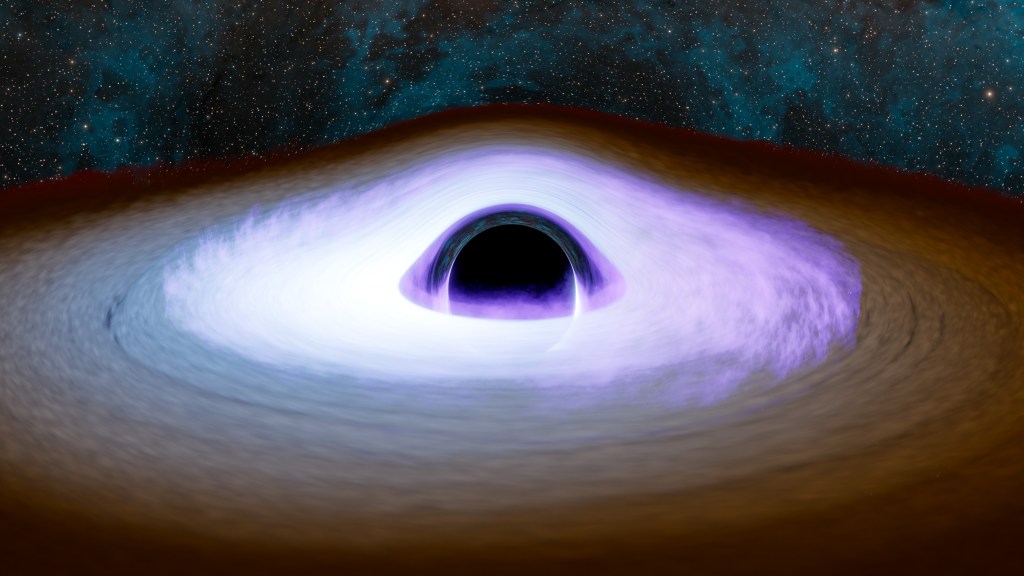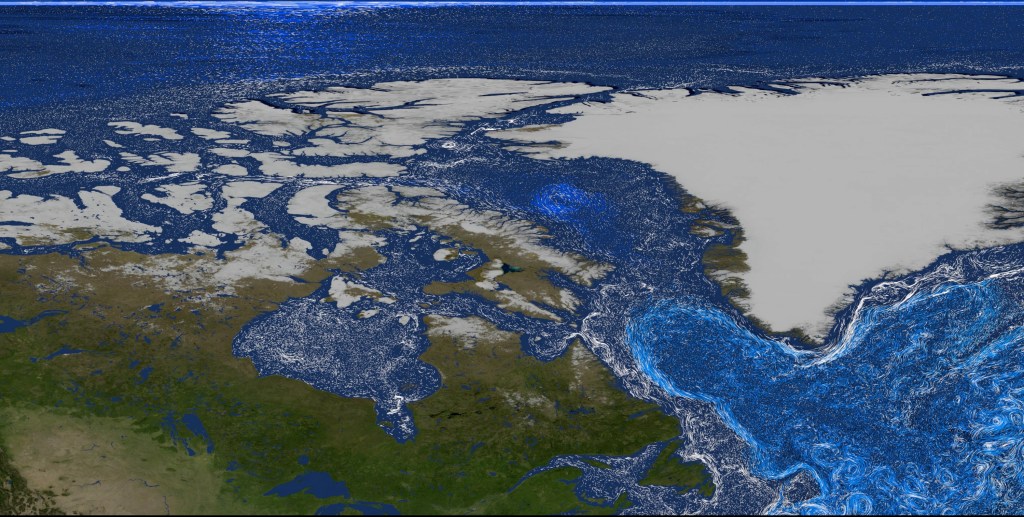Haze Layers on Titan
This composite of 24 images from the Cassini spacecraft shows multiple layers in Titan's stratospheric haze. The most prominent layer is located about 500 kilometers (300 miles) above the surface and is seen at all latitudes, encircling the moon.
Several other layers are most apparent in the north polar hood (at top), but this view also shows some at other latitudes. The mechanisms that produce these layers are not understood, but waves in the atmosphere are thought to play a significant role.
The images in this composite were taken over a period of 23 minutes. The images were processed to enhance fine detail and then were combined to create this view. North on Titan (5,150 kilometers, or 3,200 miles across) is up.
The images were taken in visible light with the narrow-angle camera on Jan. 27, 2006 at a distance of approximately 2.3 million kilometers (1.4 million miles) from Titan and at a Sun-Titan-spacecraft, or phase, angle of 155 degrees. Image scale is 13 kilometers (8 miles) per pixel.
Caption updated July 9, 2012, to remove an erroneous statement about the composition of the material in Titan's prominent haze layer.
The Cassini-Huygens mission is a cooperative project of NASA, the European Space Agency and the Italian Space Agency. The Jet Propulsion Laboratory, a division of the California Institute of Technology in Pasadena, manages the mission for NASA's Science Mission Directorate, Washington, D.C. The Cassini orbiter and its two onboard cameras were designed, developed and assembled at JPL. The imaging operations center is based at the Space Science Institute in Boulder, Colo.
For more information about the Cassini-Huygens mission visit http://saturn.jpl.nasa.gov . The Cassini imaging team homepage is at http://ciclops.org .
Credit: NASA/JPL/Space Science Institute































